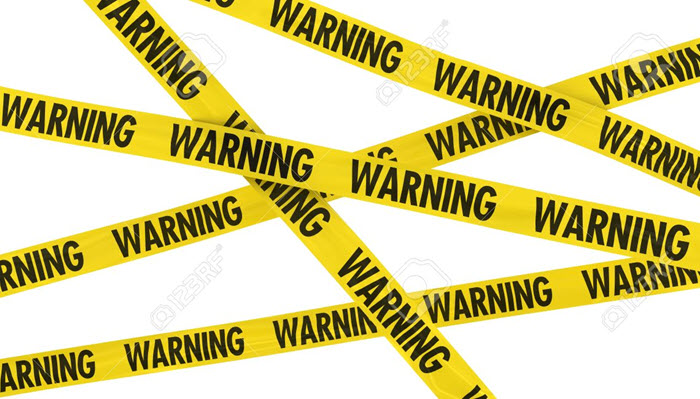
DANGER ZONE HOW TO
How to keep food out of the danger zone of temperature Kitchens that are warm or hot give dangerous germs a head start! Because of the increased temperatures, the two-hour time frame is reduced to only one. It’s crucial to remember that food should only be left out for an hour or less in a hot kitchen (90 degrees or above).

ServSafe or other certification bodies are required in several states for food handlers. Professionals in the foodservice industry are in charge of keeping food safe to eat. Food degrades when bacteria levels reach dangerous and unsafe levels, and it becomes unhealthy, if not dangerous to eat. The longer the food is exposed to the risky food zone, the higher the chance of bacterial development. When bacteria are exposed to a danger zone temperature, they can double in size in less than twenty minutes.įood left at temperatures ranging from 70 to 125 degrees Celsius is said to have the fastest bacterial growth. The Food Danger Zone is defined as any temperature between 40☏ and 140☏ this 120☏ range is where germs grow quickly and furiously.
DANGER ZONE SKIN
Staphylococcus aureus is a bacteria that causes soft tissue infections, skin infections, and abscesses.coli strains are beneficial to digestion nevertheless, certain bacteria impair human health by causing diarrhea. coli is a bacteria that resides in everyone’s intestines. The following are some examples of common bacteria strains that thrive at room temperature: The food danger zone for food (40☏ – 140☏)įood that has been kept at room temperature for an extended period of time provides a breeding environment for germs, allowing them to proliferate to hazardous levels and eventually become toxic (and dangerous) to the public. What is the temperature danger zone ServSafe? Temperature Danger Zone ServSafe Following proper temperature guidelines and keeping out of the temperature danger zone can help you avoid foodborne illness and maintain excellent food safety standards.

It’s critical to move food out of the temperature danger zone ServSafe quickly when cooking food that won’t be served right away – for example, when food handlers partially prepare meals ahead of time to save time when they’re requested. It’s even more critical that individuals in charge of food safety, such as chefs and managers, understand the proper temperatures for cooking and storing food.
DANGER ZONE PROFESSIONAL
All of the food you prepare, whether for yourself and your family at home or for others in a professional kitchen, must be safe to eat.


 0 kommentar(er)
0 kommentar(er)
